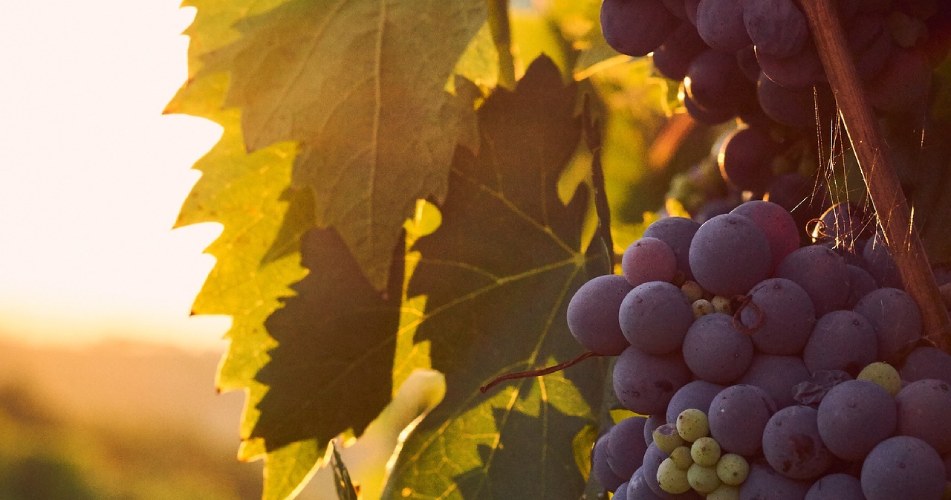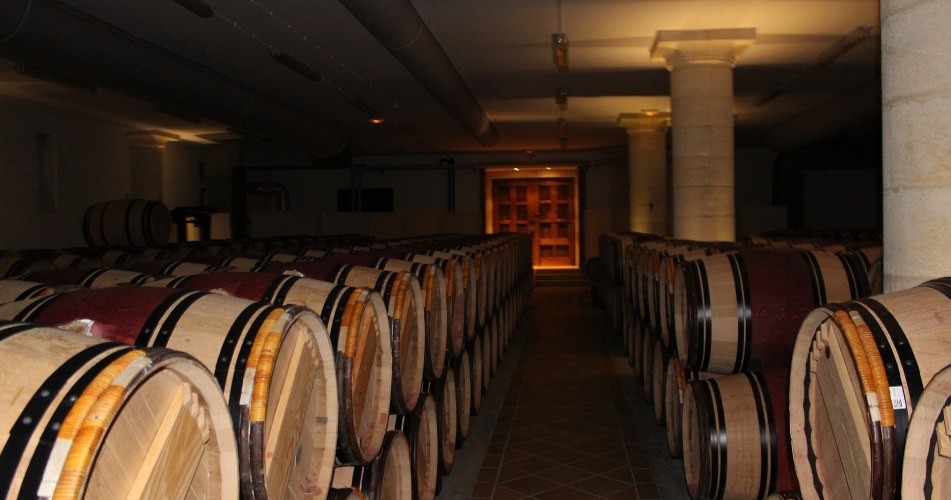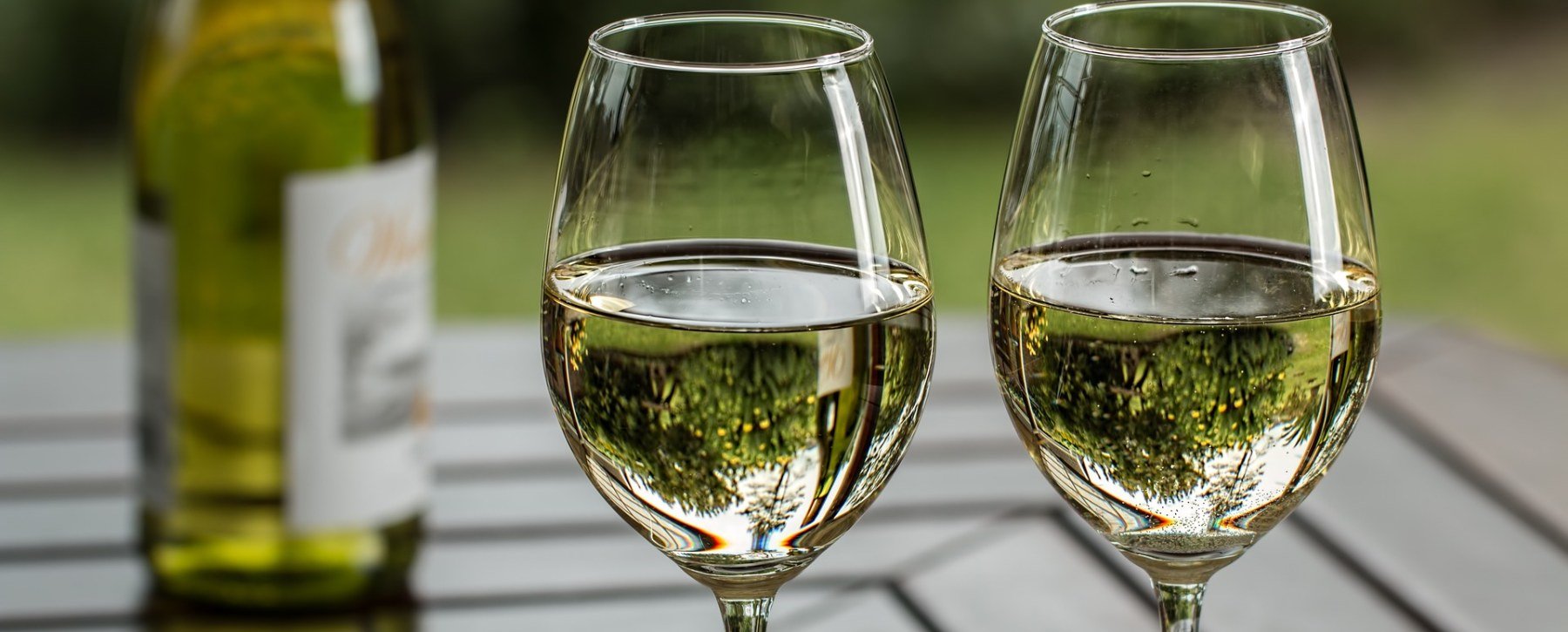For thousands of years, France has been world-renowned for the richness of its wine heritage. It’s a country where every region, from Bordeaux to Burgundy to Champagne, has contributed to creating wines with a strong, distinctive identity.
At the heart of this viticultural heritage, Haute-Savoie wine stands out for its specific characteristics, shaped by a mountainous terroir with particular climatic conditions. Numerous estates produce wines with distinctive flavors, of which the “Savoie“,“Roussette de Savoie” and “Seyssel” appellations have become emblematic.
Staying at camping La Ravoire or camping Les Fontaines gives you a unique opportunity to find out more about these exceptional grape varieties, and to taste them if you feel like it. In the meantime, to find out all about Haute-Savoie wine, click here!
Vineyards of Haute-Savoie
The influence of Savoyard soils and microclimates
Haute-Savoie is a land of vineyards scattered between mountains and valleys, in a landscape where altitude and climate play a key role. Its vineyards stretch mainly between Lake Geneva and the Isère valley, on stony, limestone soils, often enriched by glacial moraines. This diversity of soils and microclimates enables winegrowers to produce authentic wines with unique aromas. As a result, Haute-Savoie wines are distinguished by specific grape varieties, such as Jacquère, Mondeuse and Gringet, revealing the unique character of the region.
The Bas-Chablais vineyards
In the north of Haute-Savoie, the Bas-Chablais region is home to renowned vineyards such as Ripaille and Marin, located on the shores of Lake Geneva. These vineyards benefit from ideal exposure and proximity to the lake, which regulates temperatures and encourages slow ripening of the grapes. The main grape variety in this area is Chasselas, which produces fresh, light and mineral white wines with fruity and floral notes.
The vineyards of Combe de Savoie
Between Montmélian and Arbin, the vineyards of Combe de Savoie are renowned for their red wines made from Mondeuse grapes. This variety produces tannic wines with complex aromas of black fruit and pepper.
Visit wineries and cellars in Haute Savoie
Haute-Savoie is full of welcoming wine estates, such as Domaine de Ripaille and Château de Marignan, where visitors can discover the secrets of winemaking and taste local wines in the company of the winemakers. Visiting these estates allows you to immerse yourself in the region’s history and better understand the subtleties of local grape varieties. What’s more, these vineyards are often located in magnificent natural settings, adding a touch of wonder to your tasting experience.

Choosing the right Haute-Savoie wine
Emblematic grape varieties
Haute-Savoie wine is distinguished by its unique grape varieties, each with a wide range of different aromas. As far as white wine is concerned, Jacquère is the most widespread grape variety in the region. It produces fresh, light, mineral wines, perfect for accompanying fish or cheese dishes.
Red wines are often made from the typical La Mondeuse grape variety. It produces wines with aromas of black fruits, pepper and spices.
Finally, the Gringet grape is regularly used to make the fine, fresh sparkling wines of the Ayze appellation.
Preferred appellations
Haute-Savoie wines benefit from three Protected Designations of Origin (PDO): Savoie, Roussette de Savoie and Seyssel. Each appellation reflects a unique terroir and specific winemaking techniques.
The Savoie PDO produces mainly white wines with floral, mineral and fruity aromas.
The Roussette de Savoie PDO, with its notes of honey and ripe fruit, is dedicated to white wines made from the Altesse grape variety.
Last but not least, the Seyssel PDO stands out for its sparkling and effervescent wines, appreciated for their finesse and elegance.
Where to buy Savoie wines
For an authentic experience, nothing beats a visit to the wineries of Haute-Savoie. Numerous winegrowers open their doors to wine lovers, offering tasty moments and precise, personalized advice.
Don’t hesitate to visit the “Caves du Château” in Faverges, where the owners offer excellent advice and are only a few minutes from our Annecy campsites.
Outside the wineries, specialist wine merchants in Haute-Savoie also offer a wide range of local wines for sale, with prices to suit all budgets. Prices vary according toappellation and grape variety.

How to store your Haute-Savoie wine
Temperature and shelf life of white wines
Savoy white wines, made from grape varieties such as Jacquère, are best kept between 12 and 14°C. Most white wines are best enjoyed young, usually within two or three years of production. With one exception: Roussette! This exceptional white wine can be kept for up to eight years, developing more complex aromas with age.
Conservation of Mondeuse reds
Red wines, especially those made from Mondeuse grapes, gain in depth with age. To preserve their tannic character and spicy aromas, we recommend storing them at a stable temperature of 14-16°C. Mondeuse can be kept in optimal conditions for up to eight years, or even longer.
Preserving sparkling and rosé wines
Sparkling wines from Savoie, like Crémant de Savoie, are best drunk young, to enjoy the sparkle and freshness of their bubbles. They are best stored upright, in a cool, dark cellar. As for rosé wines, they should be enjoyed within two to three years of production, at a storage temperature of between 8 and 10°C.
Tasting Haute-Savoie wine
Tasting wine the right way
White wines should be drunk between 8 and 10°C, a temperature that allows the floral and fruity aromas to express themselves fully. For red wines, particularly Mondeuse, a temperature of 12 to 14°C is ideal, as it reveals the tannic structure and spicy notes of this grape variety. A light decanting can also enhance the wine, especially if it has been cellared for several years.
Tasting wine at the right time
Haute-Savoie wines are the perfect match for local culinary specialties. For example, a Jacquère white wine is ideal with fish or shellfish from the lake, while a Mondeuse goes best with meat dishes in sauce or Savoy cheeses. For a festive evening, sparkling wines from Ayze or Seyssel are among the best choices to bring elegance and sparkle to your celebrations.
The best places to enjoy Haute-Savoie wine to the full
To fully immerse yourself in the local atmosphere, it’s essential to choose the right venue for your Haute-Savoie wine tasting.
For those seeking an authentic experience, there’s nothing like tasting your local wine directly at the winery of your choice.
For wine lovers in search of an enchanting and peaceful natural setting, opt for a tasting around Lake Annecy.
The La Ravoire and Les Fontaines campsites, in the immediate vicinity of the lake, are also ideal for discovering the exceptional flavors of Haute-Savoie wine, while breathing in the pure Alpine air.
Tasting a Haute-Savoie wine is like plunging into the very essence of the region, between majestic mountains and peaceful lakes, while savoring the result of the unique know-how of its winegrowers.
To extend the benefits of this experience, the La Ravoire and Les Fontaines campsites, located in the immediate vicinity of Lake Annecy, are the ideal starting point for discovering the region’s vineyards and tasting the local wines!
